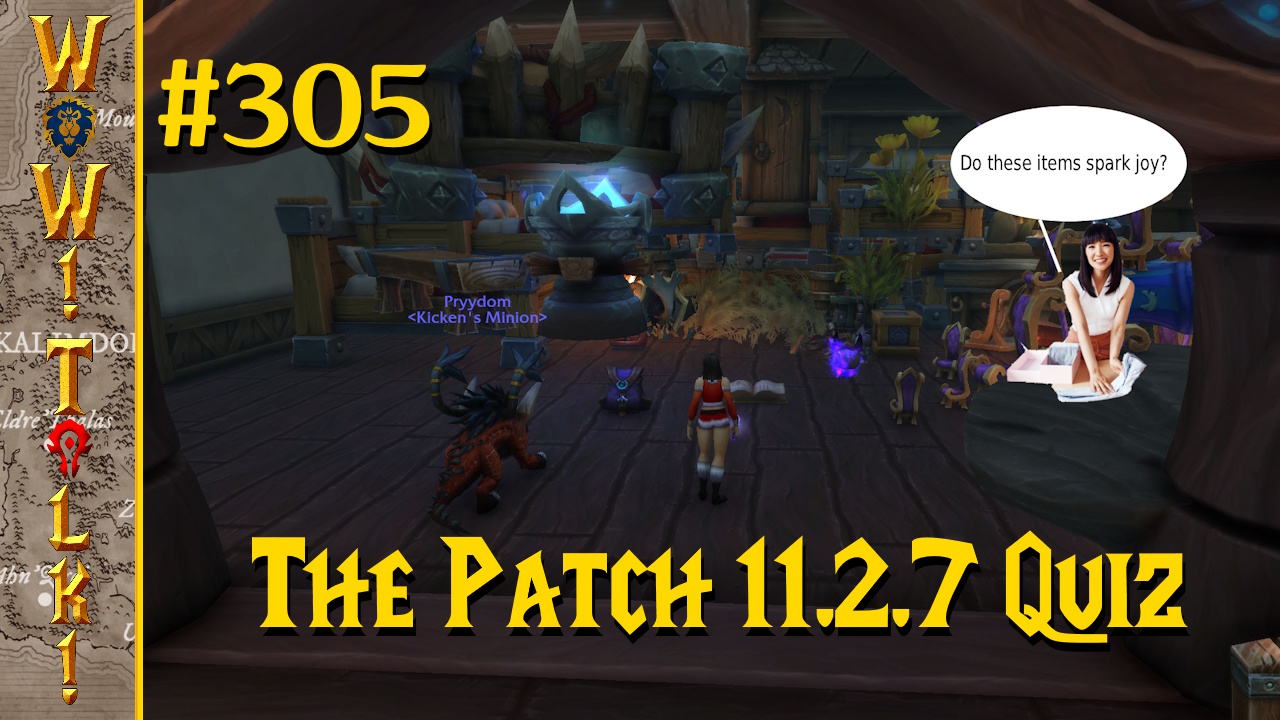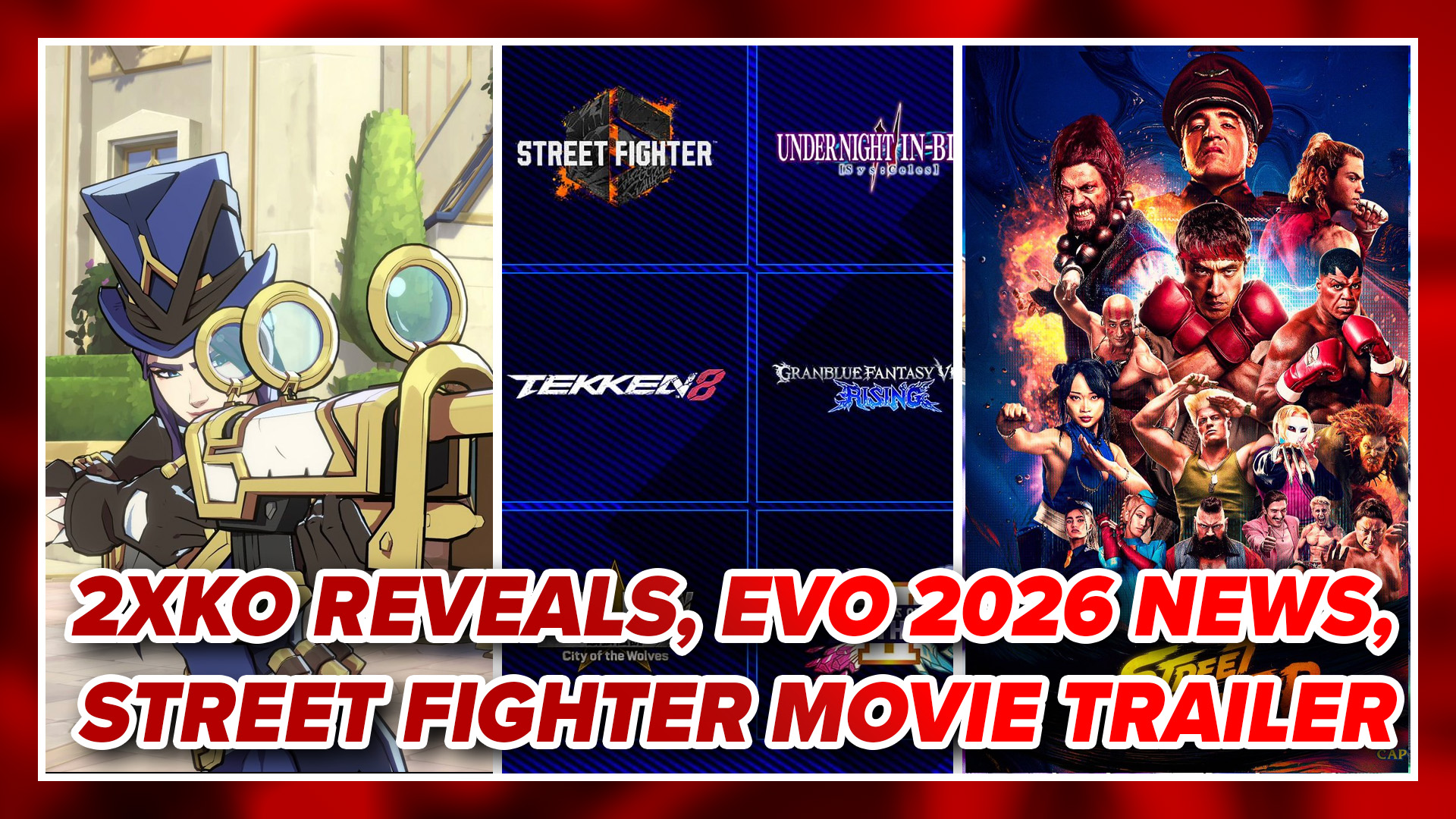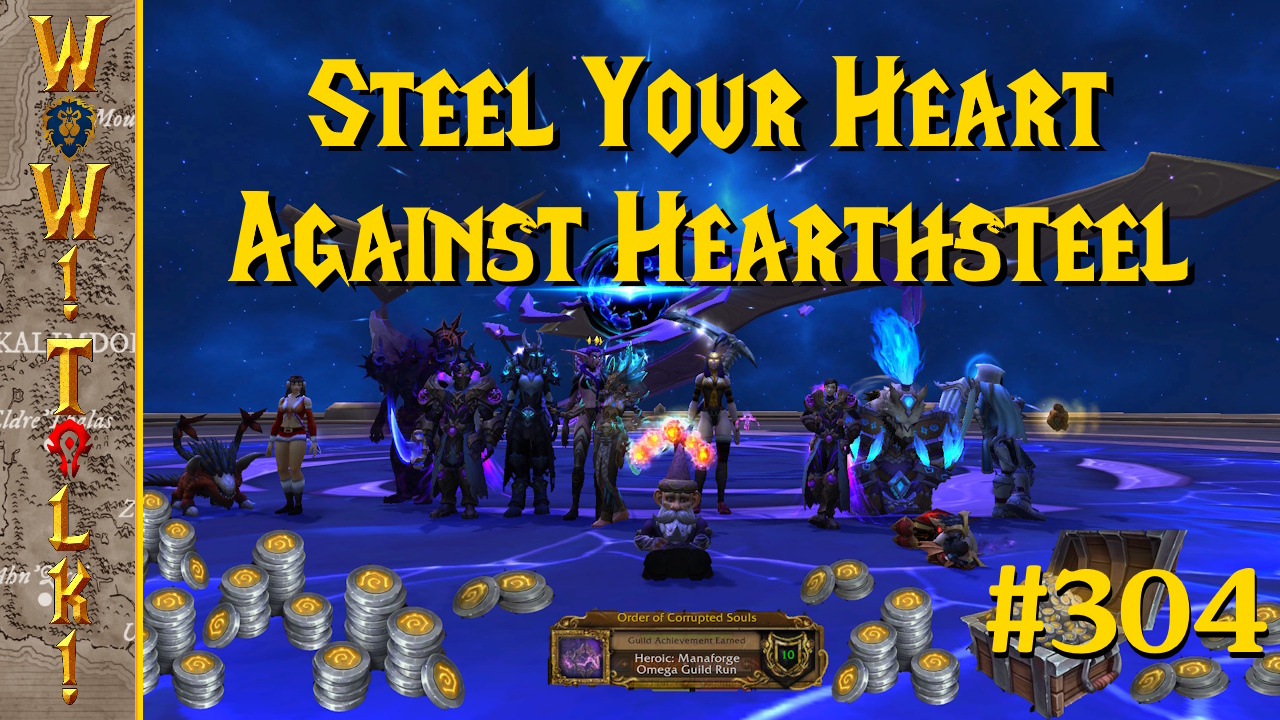
Whether you call them shumps, STGs, or bullet hell shooters, I think fans of the genre can all agree that we don’t see enough of these games now-a-days. That’s especially true when you’re talking about a good one. Sine Mora is looking to please both longtime fans of the genre and newcomers alike. Pleasing both of those crowds is a difficult task for any game developer, and many have faltered while trying to do so. Fortunately, Sine Mora uses a formula that will ease new comers in while providing a challenge that hardened veterans are looking for.
Unlike many games in this genre, Sine Mora provides a story mode that is pretty interesting. The world is colorful, vibrant, and full of life. The story on the other hand is dark; full of death, revenge, blackmail, religious persecution, and event includes a twist ending. This is where most players will start their experience, and rightly so. Story mode only has access to two difficulties: normal and challenging. Don’t mistake normal for easy. It will help players get adjusted to the mechanics of Sine Mora, but the developer is quick to take the training wheels off.
The story mode will allow you to get used to the mechanics that make the game unique. Instead of having health or one-hit kills, you have a timer that is constantly counting down, causing your plane to explode if it reaches zero. In order to extend your time you need to destroy enemies or certain objectives. Getting hit or colliding with enemies or the environment will cause you to receive a time penalty which will typically shave about 5 seconds off your timer.
All of the characters you play belong to a race of beings that can control time. That being the case, you can speed yourself up (which in turn slows all enemies and projectiles down) by using the capsule. This is a limited ability, so you need to use it wisely and effectively. It’s clutch in evading many of the projectile patterns that enemies throw at you. Speaking of projectiles, get ready to see a lot of them.

You will come across many types of enemies with different types of projectiles and patterns. With most STGs, once a bullet is shot it moves in a predictable path until it’s off screen—but this isn’t always the case in Sine Mora. Many bullets will veer from its projected path and go in an unexpected direction. You will also see projectiles that shoot projectiles, divide into smaller projectiles, explode into other projectiles, and even projectiles that move as a swarm. On several occasions I saw projectiles that unexpectedly sped up, slowed down, or varied between both after being shot. It’s definitely a mechanic that keeps you on your toes.
You will encounter bosses along the way. Some will be large ships, robots, or machines that shoot loads of projectiles in complex patterns. Other boss encounters will have you do things such as destroying a robot production facility or navigating a laser filled labyrinth, trying to reach the center. Once you encounter a boss, you will be able to practice fighting them in Boss Training mode.
There are various planes you will use in story mode, each with their own shooting pattern and hitbox placement. You also have a sub-weapon which is much more powerful than your primary, but the type of sub-weapon is dependent on the pilot. Sub-weapon usage is limited but can be replenished by picking up certain power-ups. In addition to reloading your sub-weapon, there are also power-ups that increase your timer, give you a shield, improve your primary weapon, etc. Power-ups have chain bonuses where if you manage to collect power-ups without letting one float off the screen, each additional power-up will be more effective.
When it comes to powering up your primary weapon, if you manage to collect 9 power-ups you will get a permanent upgrade for that play-through. While it sounds simple, keep in mind that every time you take a penalty, your weapon power-ups are released. You have a chance to get them back but chasing power-ups you just lost can sometimes lead to your death.

You have a set amount of credits you can use to continue if you die. Once you’re out of credits you can either start at the beginning or use the stage select screen to try to pick up where you left off. Either way, you lose all of your power-ups that you had which can be a trying problem on some of the later levels. Increased difficulty levels provide fewer credits, less time, and less time gained when killing enemies; making it more imperative that you not suck.
Both Arcade and Score Attack modes are built for more experienced players and only offer the Hard and Insane difficulties. Arcade mode has you play the game from start to finish with no cutscenes included. Arcade mode gives you more flexibility than Story mode—allowing you to choose your plane, pilot, and capsule type. In addition to speeding up, you can now reflect projectiles as well as roll back time. It also introduces the rank system.
On top of the difficulty you choose, the rank system will increase the difficulty further depending on your performance. At the beginning of each play-through you start at Rank C and over time the Rank meter will increase. You can make it increase faster by constantly destroying enemies and completing objectives. At the same time your Rank meter will fall if you take a hit, use your sub-weapon, or activate your capsule. The higher your rank, the more bullets enemies shoot at you and the faster they move. The bonus to all of this is that the longer you stay at a higher rank, the higher your bonus score will be at the end of a play-through.
Score Attack is almost the same as Arcade except there are no checkpoints and it’s played on a level by level basis as opposed to all the way through. The key to both Arcade and Score Attack is efficiency; both modes have noticeably shorter starting timers, so letting too many enemies slip past you will be much more devastating than in Story mode where you only have to worry about enemies hitting you to lower your timer.

One thing I found incredibly difficult to do when it came to Sine Mora was ignore the gorgeous level design. In most shumps I couldn’t care less what was happening in the background, but in Sine Mora you have no choice but to drool over its beauty. Every level is detailed, sharp, and looks unique. Flying over oceans and tropical islands or flying through a city under siege really helps pull you into the story. Sine Mora is rendered in full 3D; even though you are side scrolling, the world still has depth as objects move between foreground and background.
Overall I found Sine Mora to be an excellent game. If you’re a beginner, Story mode can definitely help usher you into the genre. Hardened veterans may decide to skip Story mode and head straight for the Arcade and Score Attack modes to get the challenge they desire. Either way, the game offers a lot of fun and replayability. Sine Mora offers great game play, dynamic difficulty, unique game mechanics, and beautiful level design. I don’t think I could ask for anything else.




